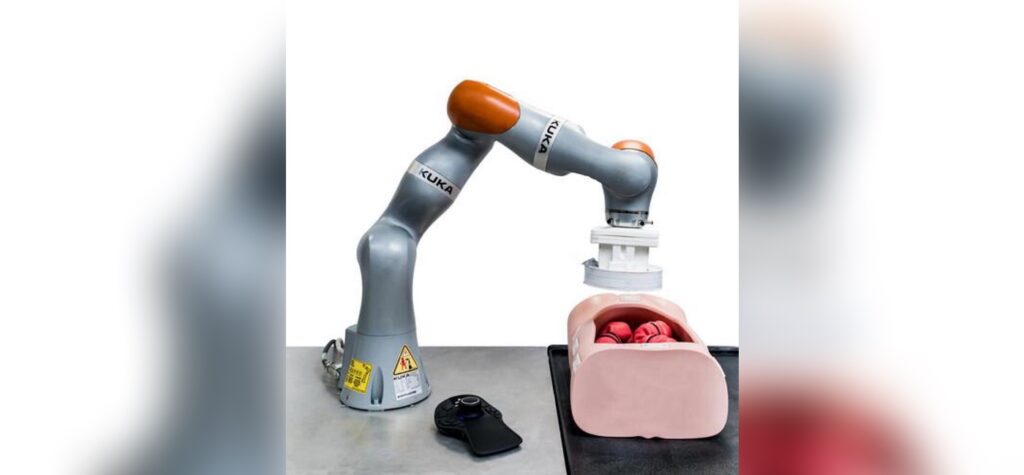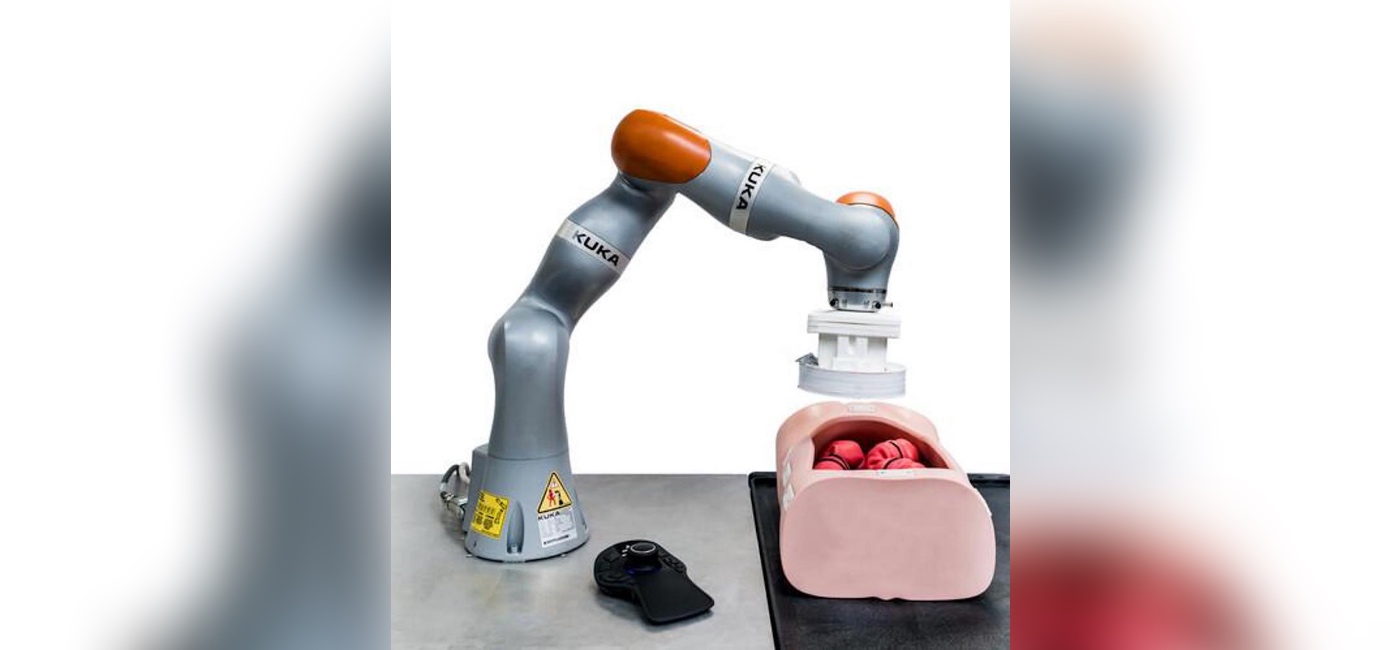An intelligent robotic arm can now perform colonoscopies faster and with less pain than before, offering the potential to revolutionize the process of cancer diagnosis while saving millions of lives.

Being the gold standard for colon cancer detection and diagnosis, the colonoscopy is one of the most demanded procedures in medicine, a demand which is expected to rise for 16% over the next decade.
However, along with being seriously uncomfortable and perhaps even humiliating to some people, the traditional endoscopes used in the procedure have changed little since the 1960s. They are complicated to work with, too expensive to use in a disposable manner and thus require cleaning, and a practitioner might need years before he or she has mastered their use.
MORE: Pioneering Breast Cancer Treatment Freezes Tumors, Killing Harmful Tissue
Relying on simple movement commands from the user, the robotic arm uses machine intelligence and image analysis to automatically guide itself inside the body.
The authors of a paper published in Nature Machine Learning tested this approach in an artificial colon model as well as in two pigs.
The users performing the procedures found this new system to be much more manageable than using a traditional endoscope, or a magnet-guided one–another method that was recently developed but which also has drawbacks.
The robotic arms, controlled by a joystick, enabled even non-expert users to successfully perform magnetic colonoscopy and with a duration comparable to the standard flexible endoscope, while maneuvering in a way that should in theory cause less pain to the patient as well.
There is substantial room, the authors say, to reduce training, production, and operating costs of the entire colonoscopic apparatus, allowing them to become more widely available to hospitals and therefore patients.
The third-most common cancer in humans, colorectal cancer accounts for 700,000 cancer deaths worldwide according to a study called “the toll of not screening for colon cancer.”
CHECK OUT: Swedish Energy Company Offers Light Therapy in Bus Shelters
With a 5-year survival rate of over 90% when diagnosed early, this plummets 10% with a late-stage diagnosis. Given that the number of testers is greatly outnumbered by the number of patients who need colonoscopies, the robotic technology could save millions of lives, as well as millions of dollars.
SHARE This Medical Breakthrough With Friends On Social Media…





















Here’s an even better idea: STOP putting things in your colon which cause Cancer. Animal protein has been shown time after time to leech into the colon and cause cancerous growths. What you put down Do not put cancer causing agents in your body and you’ll likely never find it in your body.